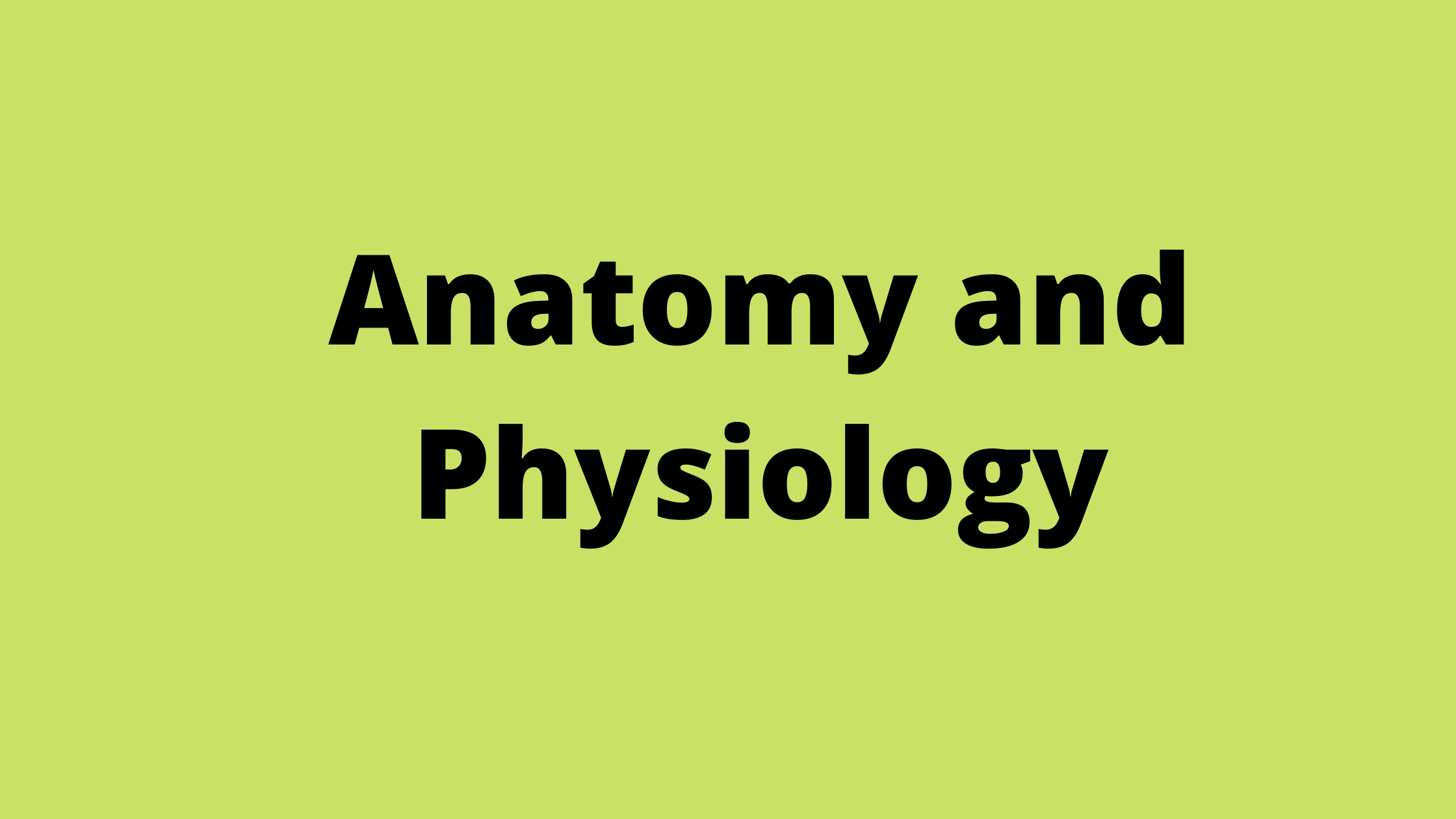ELAP recommended hours of competency: 80
BOK – Knowledge: Know and understand the anatomic structures and their locations along with their functions, interactions and relevant medical terminologies and relate this information to the practice of massage therapy, indications, contraindications, cautions and benefits.
BOK – Skills.
Locate and palpate accessible massage relevant anatomic structures. Palpate tissue with the appropriate speed, direction, depth and intention to sense and engage multiple layers of tissues. Modify massage treatment plan to accommodate the body changes of individuals in special populations.
BOK – Abilities
Recognize and modify massage in endangerment sites and areas of caution.
Classify joints by type and location.
Discuss anatomic structures, their functions and interactions using current medical terminology.
Demonstrate informed interactions about client/patient status with colleagues and other healthcare providers (maintaining appropriate confidentiality).
Apply knowledge of anatomy and physiology to determine appropriate massage applications to obtain desired and intended physiologic outcomes
Anatomy and Physiology Syllabus for massage schools
- Introduction to Anatomy and Physiology for massage therapists
- Anatomy , Physiology Defined , Levels of organization, anatomical positions, planes of the body.
- Organization of the Body – Common positional and directional terms, Body movements, Body Regions, Body Cavities, Body Regions
- Using Anatomic and Health Care Terminology.
- Structure and Function of Cells.
- Structure and Function of Tissues and Membranes.
- An Overview of Health and Disease.
- The Structure and Function of the Integumentary System.
- Pathologies of the Integumentary System.
- The Skeletal system and Bones.
- Joints.
- Pathologies of the Skeletal System.
- The Structure and Function of the Fascial System (connective tissue).
Fascial Dysfunctions. - The Structure and Function of the Muscular System.
Parts of the muscle cell
Types of muscle tissue
Naming Muscles
Learning Muscles by body area
Anatomy of muscles
Physiology
Function
Muscle Contractions
Pathologies of the Muscular System. - The Structure and Function of the Nervous System.
- The Peripheral Nervous System.
- The Central Nervous System.
- The Anatomy of Pain.
- Pathologies of the Nervous System.
- The Structure and Function of the Cardiovascular System.
- Pathologies of the Cardiovascular System.
- The Lymphatic System.
- The Digestive System.
- The Respiratory System.
- The Endocrine System.
- The Reproductive System.
- The Urinary System
Muscles – Types of Muscles, Naming Muscles, Master Muscle List, Anatomy of Muscles, Functions of Muscles, Muscle contraction, disorders of muscles,
Inflammation – Stages of Inflammation , Comparison Chart of the various stages of inflammation
Laws of Physiology: Law of Facilitation , Hiltons Law, Arndt-Schultz Law , Davis’ Law , Reciprocal Inhibition , All or none , Law of specificity of nervous energy , Weber’s law , Pfluegger’s Laws , Law of conservation of energy , Murphy’s law
Connective Tissue : Types of connective tissue, characteristics of connective tissue, fascia,
Tendons
Ligaments
